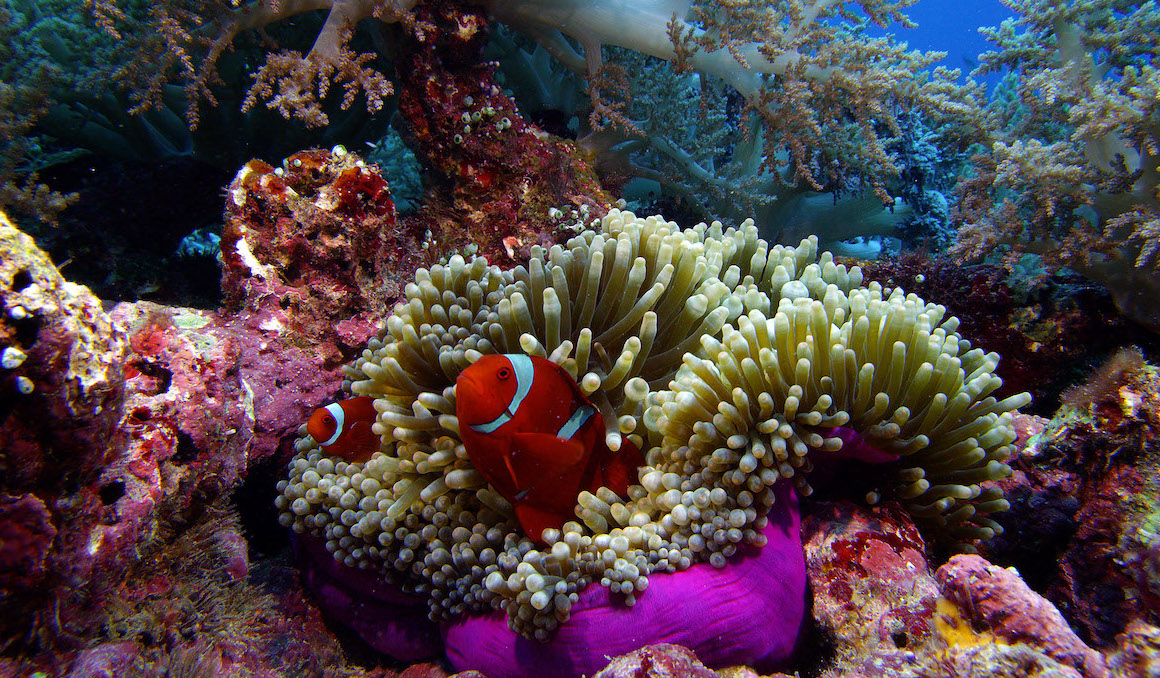When you settle in to watch an under-the-sea nature documentary — especially when settling in means putting on 3D glasses and looking up at Telus World of Science Edmonton’s (TWOSE) IMAX screen — you expect to see at least a few things: freaky-looking fish, vivid colours and sharks.
Jonathan Bird’s Secrets of the Sea, which just premiered at TWOSE, has all of the above, but takes a different tack than most nature documentaries, whether on land, underwater or in the air. Instead of focusing on the brutal, life-and-death reality of the creatures that call Earth’s oceans home, Bird’s cameras focus on what those creatures spend most of their lives actually doing: hanging out, playing and even cooperating in surprising (and sometimes gross) ways.
“If you’re an underwater cameraman, sharks pay the bills. Sharks built my house. I love sharks. But we didn’t put a lot of sharks in this because we didn’t want to make it a big shark feeding frenzy film,” Bird explains.
Even for someone like Bird, who seemingly spends as much time underwater as he does on land, it’s actually difficult to see natural predation in the sea — almost every clip you’ve seen of a shark chowing down was staged in some way. “If you go on 100 dives, you will probably not witness anything eating anything else. Many animals can go weeks without eating, sharks in particular, so it just doesn’t happen that often,” Bird says. “But what you see on every single dive is symbiotic behaviors. You see animals working together. And so when we started working on a film, that became the concept.”
Bird, along with co-cameraperson (and legendary underwater cinematographer) Howard Hall started a list of what they wanted to film. There was the “easy stuff” — sea anemone fish (aka clownfish, aka Nemo) embedded among anemones, the tentacles of which sting other creatures but protect the clownfish — and the harder stuff, like the footage of a couple clownfish head butting a coconut shell into position below an anemone to create a safe space to lay their eggs.
